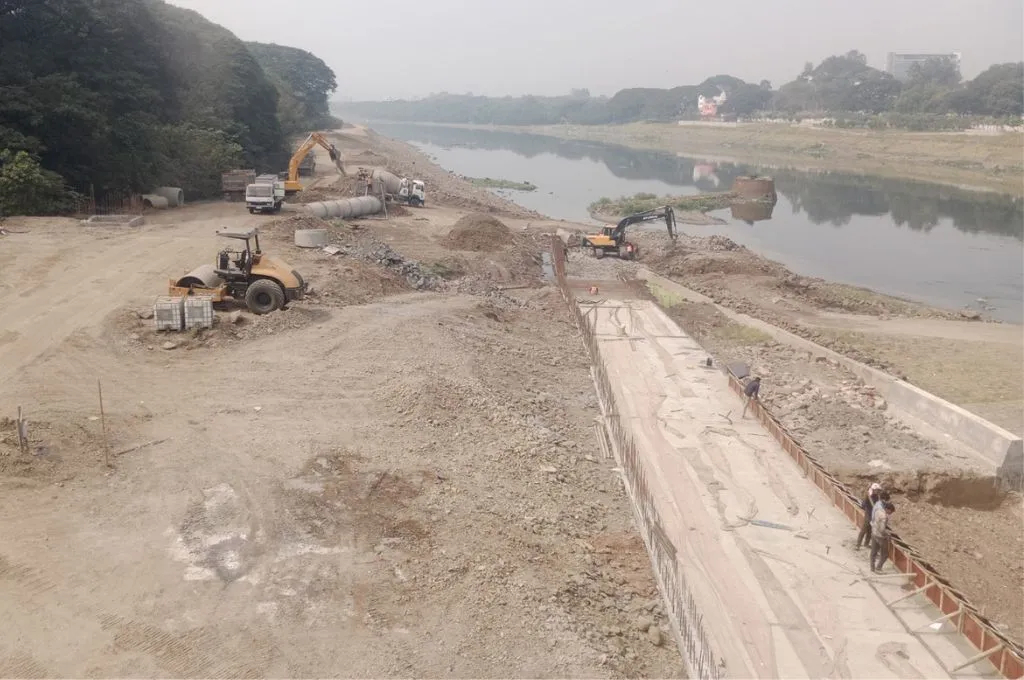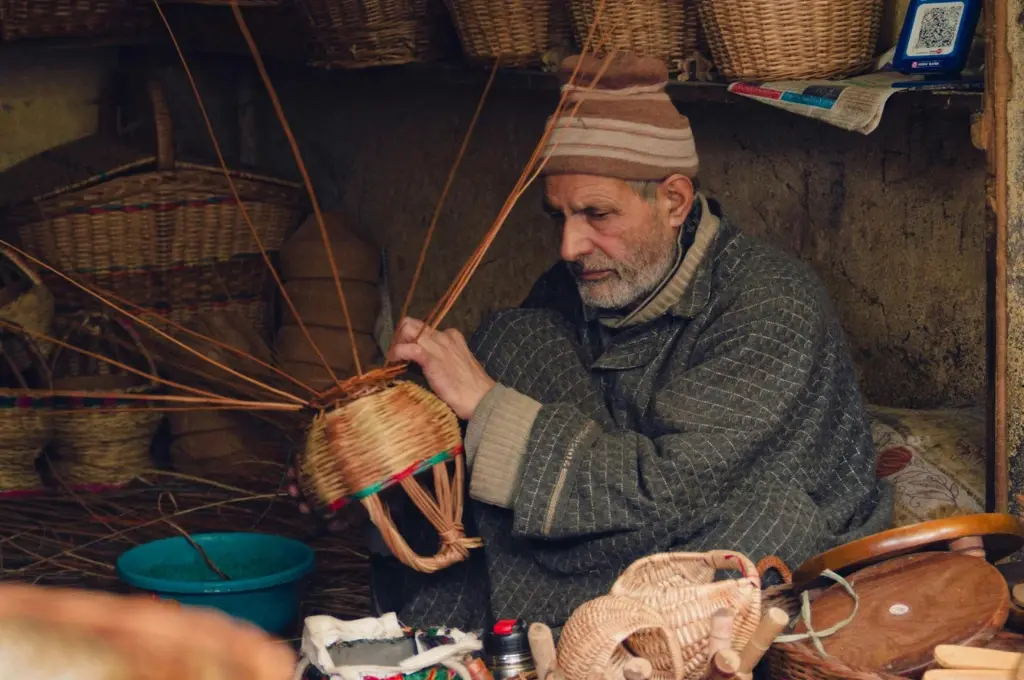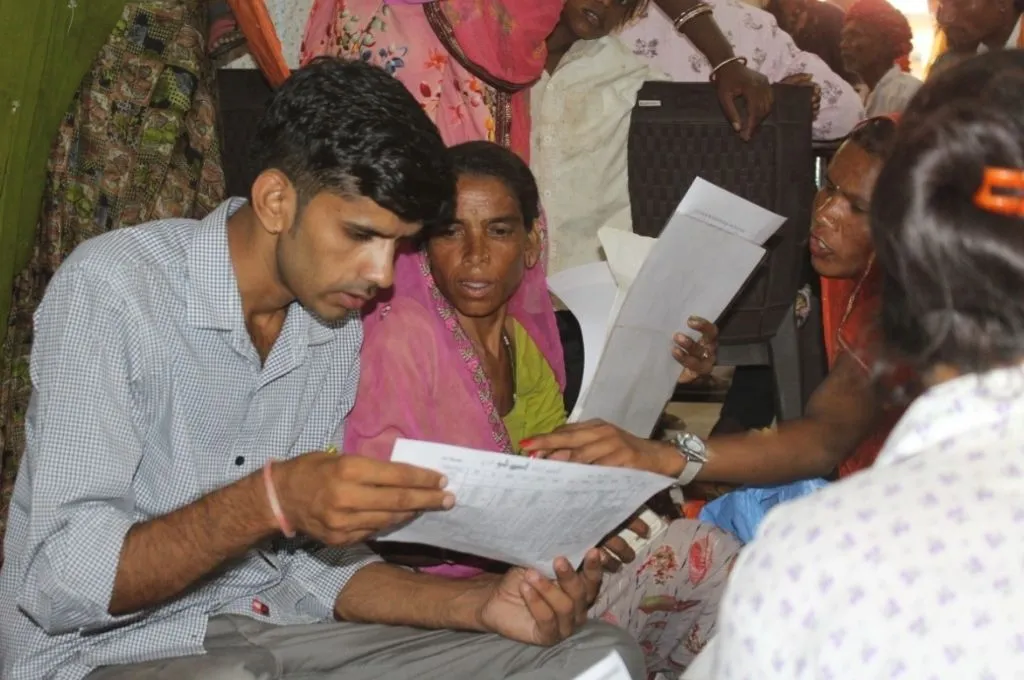READ THIS ARTICLE IN
A concrete threat to Mula-Mutha’s future: Pune riverfront project

The Pune Municipal Corporation is developing a 44-kilometre riverfront along the banks of Mula-Mutha river. Formed by the confluence of five rivers—Mula, Mutha, Ramnadi, Devnadi, and Pavana—the Mula-Mutha river runs through the heart of the city.
The Pune River Rejuvenation Project, also known as the Pune Riverfront Development (RFD) project, aims to beautify the riverbank through concretisation: building concrete embankments, walkways, and plazas. This has drawn opposition from Pune River Revival, a collective of residents and environmental activists. They argue that given the geography of Pune, a saucer-shaped city with a depression in the centre, building a riverfront should not be the project’s focus. Doing so would obstruct the flow of the river.
Rivers plays a key role in maintaining groundwater levels due to their natural composition. Their beds and banks are usually made of porous materials such as soil, sand, and rock layers known as aquifers. If the water cannot easily seep into the ground due to concrete, groundwater recharge will be blocked. Angad Patwardhan, a young activist from Pune, says, “In the name of a riverfront, the river’s banks are being covered with cement and concrete, which disrupts the natural water absorption process.”
In addition, the detailed project report shows that the width of the river channels will be reduced—from 150 to just 90 metres in some places—which will lead to a rise in the water levels in surrounding areas.
Dinesh Kumar Gautam is the founder of Drishti Foundation Trust, an organisation working on the cleanliness of the Sabarmati River in Ahmedabad. Speaking about the need for contextualised development, he says, “The project has been designed along the lines of the Sabarmati Riverfront in Ahmedabad. But Ahmedabad and Pune cannot be compared, nor can the Sabarmati and the Mula-Mutha. Pune’s geography makes it a flood-prone city, so its riverbanks should be left unpaved. Otherwise, its aquatic life, plants, and biodiversity would be affected. This is why other major cities in Gujarat, such as Vadodara and Surat, have not implemented riverfront projects.”
The river’s flow is already obstructed by Pune’s sewage, increasing the flood risk; the proposed riverfront will make it worse. As per the Central Pollution Control Board, the sewage makes Mula-Mutha river among the most polluted rivers in Maharashtra. One city resident said, “The river water is dirty, and our homes are so small that we can’t even store enough clean water. My husband is a fisherman, but due to pollution and waste in the river, he has to travel 15 km away to Pimpri-Chinchwad for work.”
Rahul Singh is an independent journalist based in Jharkhand. This is an edited excerpt from an article that was originally published on IDR Hindi.
—
Know more: Learn how the Lepcha community is trying protect Sikkim’s rivers.
Do more: Connect with the author at rahuljournalist2020@gmail.com to learn more about and support his work.



